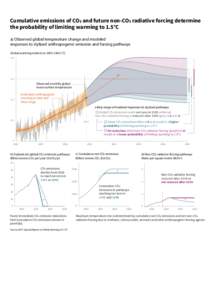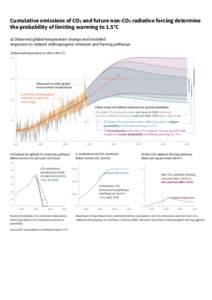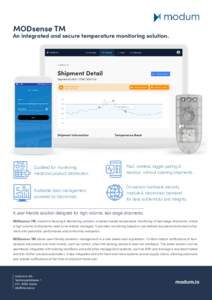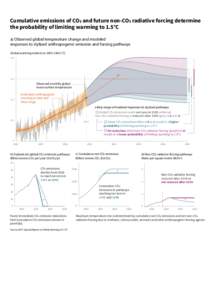<--- Back to Details
| First Page | Document Content | |
|---|---|---|
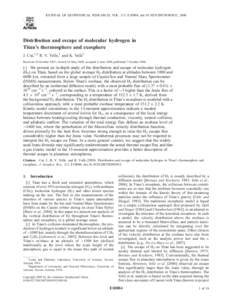 Date: 2009-01-11 14:12:31Physical quantities Thermodynamics Heat transfer Heat conduction Exosphere Plasma Atmospheric escape Temperature Thermal conductivity Physics Chemistry Atmosphere |
Add to Reading List |
 Click Here JOURNAL OF GEOPHYSICAL RESEARCH, VOL. 113, E10004, doi:[removed]2007JE003032, 2008 for
Click Here JOURNAL OF GEOPHYSICAL RESEARCH, VOL. 113, E10004, doi:[removed]2007JE003032, 2008 for